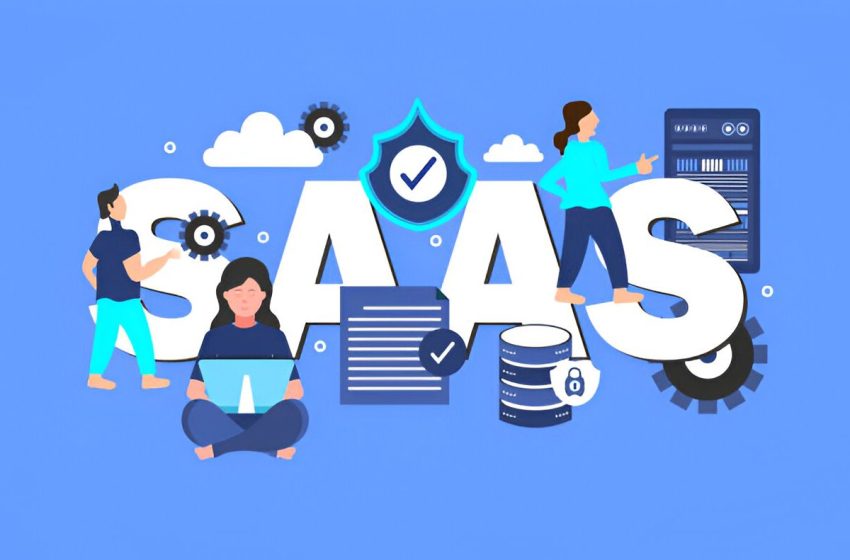
Scaling SaaS Startups: Tips for Sustainable Growth
Scaling a SaaS startup isn’t just about acquiring more customers—it’s about building a sustainable growth engine that ensures long-term success. Many early-stage SaaS companies hit roadblocks when trying to scale, whether due to high customer acquisition costs, poor retention rates, or inefficiencies in marketing and sales. To scale effectively, it’s crucial to focus on key strategies that balance revenue growth with operational efficiency.
Table of Contents
Understand and Optimize Your Metrics
Successful scaling starts with a deep understanding of key SaaS metrics. Companies that grow sustainably pay close attention to customer acquisition cost (CAC), lifetime value (LTV), net dollar retention (NDR), and churn rate.
- CAC vs. LTV: Ensure that the LTV of your customers significantly outweighs the CAC. If acquisition costs are too high relative to customer value, your growth strategy will become unsustainable.
- Churn Rate: A high churn rate can erase any gains from customer acquisition. Focus on retaining customers through better onboarding, ongoing engagement, and customer success initiatives.
- NDR: Net dollar retention measures revenue growth from existing customers through upsells, cross-sells, and renewals. A strong NDR rate signals a healthy business model with built-in expansion revenue.
Analyzing and optimizing these metrics regularly will help SaaS startups scale profitably while keeping costs under control.
Build a Repeatable Customer Acquisition Strategy
One of the biggest challenges in scaling a SaaS company is maintaining a steady pipeline of qualified leads. Relying solely on one acquisition channel can limit growth, so diversifying and optimizing multiple channels is essential.
- Paid Advertising: Investing in paid channels like Google Ads, LinkedIn, and other platforms can provide quick wins. However, to make this cost-effective, regularly test and optimize campaigns to improve conversion rates.
- Content Marketing and SEO: A strong content strategy helps attract and nurture prospects organically. High-quality blogs, case studies, and whitepapers improve brand visibility and establish thought leadership.
- Outbound Sales & Partnerships: Building relationships with strategic partners and implementing outbound sales can generate high-quality leads that complement inbound efforts.
- Leveraging a growth agency for SaaS can help refine acquisition strategies, optimizing cost efficiency while increasing conversion rates.
Enhance Your Product-Led Growth (PLG) Strategy
Many SaaS startups benefit from a product-led growth strategy, where the product itself drives user acquisition, retention, and expansion. Freemium models, free trials, and seamless onboarding experiences are key drivers of PLG.
- Optimize Free Trials & Demos: Ensure that free trial users experience value quickly. Reduce friction in sign-ups and make onboarding intuitive.
- Implement Usage-Based Triggers: Automated triggers (e.g., feature unlocks, in-app messages) can drive engagement and lead users to convert to paid plans.
- Leverage User Data for Personalization: Use behavioral analytics to understand how users interact with the product and personalize their experience to increase conversion rates.
A well-structured PLG strategy allows SaaS companies to scale more efficiently by letting the product do much of the selling.
Focus on Customer Retention and Expansion
Acquiring new customers is costly, so retaining and expanding relationships with existing customers is critical for sustainable growth. A strong retention strategy ensures revenue stability while boosting customer lifetime value.
- Onboarding and Customer Success: A smooth onboarding process sets the foundation for long-term retention. Dedicated customer success teams can proactively engage customers and prevent churn.
- Upselling and Cross-Selling: Identify opportunities to expand revenue from existing customers by offering additional features, integrations, or premium plans.
- Community Building & Customer Advocacy: Engaged customers are more likely to stay and refer others. Foster a sense of community through user groups, webinars, and exclusive content.
Retention and expansion strategies contribute directly to NDR, which is a key indicator of a SaaS company’s long-term viability.
Align Sales, Marketing, and Product Teams
As a SaaS company scales, misalignment between sales, marketing, and product teams can create inefficiencies. Ensuring these teams work toward a unified goal helps streamline growth efforts.
- Clear Messaging & Value Proposition: Marketing should communicate value propositions that sales can effectively leverage.
- Feedback Loops: Sales and customer success teams should regularly share insights with product teams to enhance user experience and address pain points.
- Revenue Operations (RevOps): Implementing a RevOps framework helps unify data, processes, and systems to improve efficiency and decision-making.
Many SaaS businesses turn to a** growth agency for SaaS to optimize cross-functional collaboration, ensuring marketing efforts align with product development and sales goals.
Scale Efficiently with Automation and Data-Driven Decisions
Efficiency becomes crucial when scaling. Automating repetitive tasks and leveraging data-driven insights can help optimize operations without significantly increasing overhead.
- Marketing Automation: Use tools like HubSpot, Marketo, or Pardot to streamline lead nurturing and customer communication.
- Data-Driven Decision-Making: Regularly analyze campaign performance, user behavior, and conversion data to refine strategies.
- AI-Powered Optimization: While AI can support certain marketing functions, SaaS companies should focus on human-driven strategies that prioritize user experience and personalization.
Leveraging automation and data analytics enables SaaS businesses to scale operations without sacrificing quality or efficiency.
Final Thoughts
Scaling a SaaS startup requires a careful balance between acquisition, retention, product optimization, and operational efficiency. Companies that focus on key SaaS metrics, diversify acquisition channels, strengthen retention strategies, and align internal teams position themselves for long-term success.
For startups looking to optimize their growth strategy, partnering with a growth agency for SaaS can provide the expertise needed to scale efficiently and sustainably.

